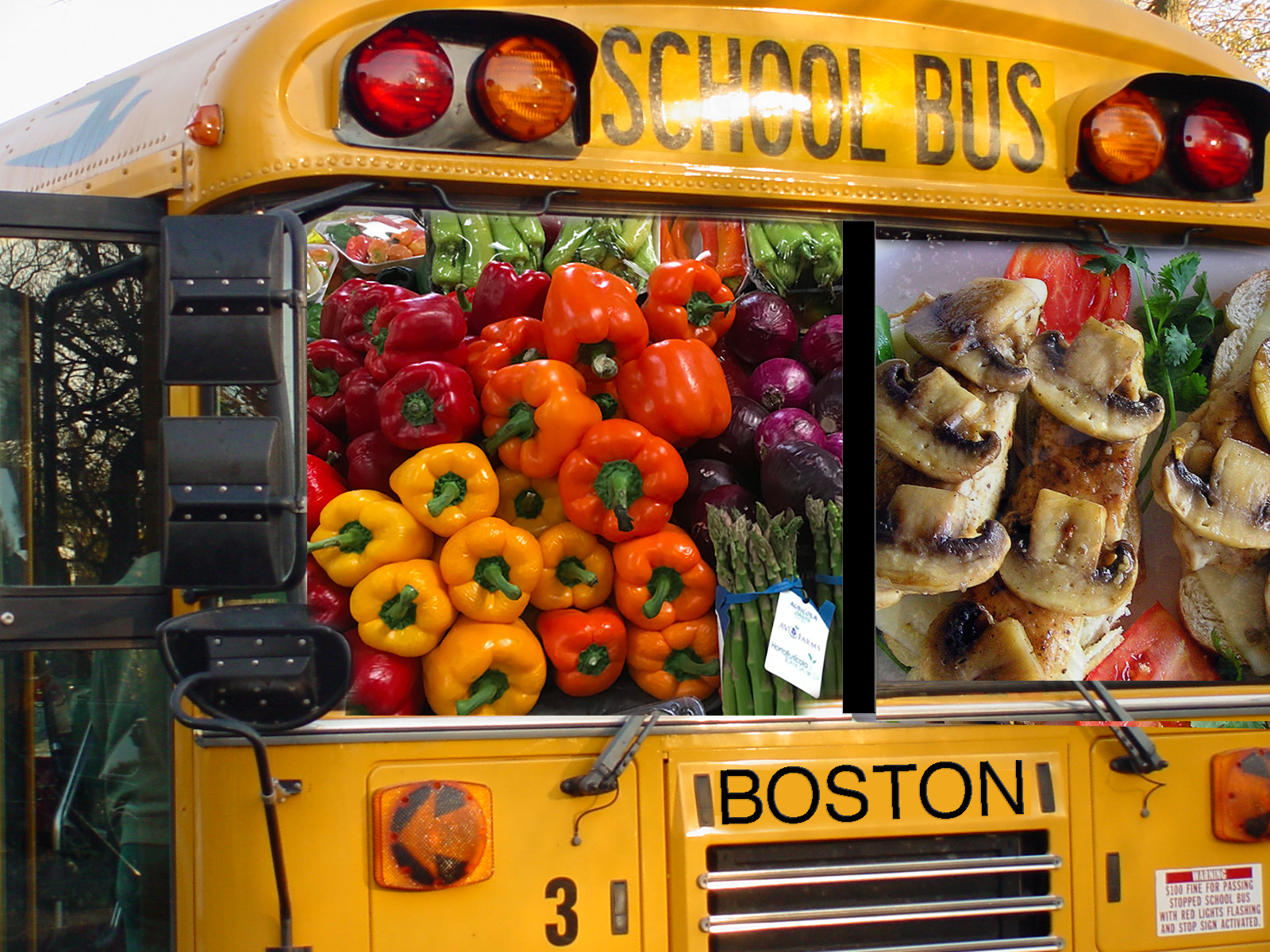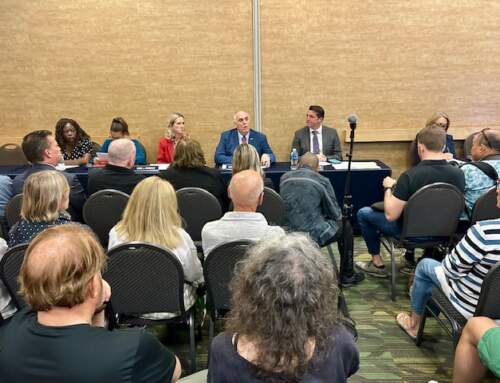By Richard Campbell
This past July the Boston Public Schools signed a contract with nationally known Revolution Foods to provide school breakfast and lunches, in the hopes of significantly boosting nutrition and taste for meals consumed by Boston school students. Given the past reputation of the food at BPS that this writer saw in online forums, the move could not have come sooner. It was heralded in major media as a slam-dunk achievement for school superintendent Tommy Chang, who has faced other more intractable problems than finding better nutrition. In the official press release Mr. Chang said: “For many students, the meals they receive at school are their most nutritious of the day, Revolution Foods embraces our nationally-recognized efforts of making sure every student has access to healthy foods in order to be well fed and ready to learn. I am excited that Boston Public Schools and Revolution Foods will work together to ensure all students get the healthiest and tastiest meals they deserve to help them better achieve their academic potential.”
Revolution Foods, founded in California in 2006, has a well-publicized reputation for providing fresh foods without chemical additives, high fructose corn syrup, trans fats, or hormones; and is apparently sourced through a highly developed delivery system. Just what do we mean by highly developed? According to various sources the company has served over 200 million meals, and their meals can be found in 2,000 stores across the nation. They must be doing something right.
The company website describes Revolution Foods (hereafter RF) as being founded by “Mom’s on a Mission.” It shows a glossy picture of two attractively well-scrubbed Moms, Kristin and Kirsten. Kristin, Kristin Groos Richmond, CEO, founder of RF, and Kirsten, Kirsten Saenz Tobey, cofounder and chief Impact Officer, get enviable reviews as business people from investment experts, as well as accolades from luminaires and educators across the nation for saving moribund cafeterias from disgrace. South Boston Online is going to sample some of the prepared lunches they offer at Whole Foods and Roche Brothers to see whether clean label pre-prepared foods can past the taste test- not as an upgrade from lousy cafeteria food, but as stand-alone meals.
SBO expects to find these meals superior given the testing claims of the company, and the multiple testimonies of school districts, as well as the quality policy on the website. The essential company policy of RF is that students who live in poor inner-city neighborhoods rely upon the school meals to develop healthy lives to achieve higher educational attainment; but also that RF’s own staff deserve to eat as well as their clients. The key component of their product is that it moves beyond merely providing nutritious foods, to nutritional education and outreach. The company does not escape from negative reviews for its chaotic working conditions on the Glass Door site- as one can imagine such a large scale factory process for creating lunches may not be the most stress-free, highly paid work.
Kirstin Groos Richmond, who is a Boston College graduate, wrote about her early experiences that provided the impetus for attacking the school food problem head on in The New York Times, in an article entitled Lifting Schools, Via Food (September 30, 2012). After meeting her business partner at UC Berkeley while pursuing an MBA, they both realized how bad school food was and created a local remedy. What started as a pilot program providing 300 meals has grown into an empire. One would need an empire to serve the approximately 57,000 students of Boston Public Schools efficiently.
Speaking of efficiency, The Boston Public Schools tapped into MIT this year to streamline its transportation plans. MIT’s Quantum Team won the first round of the BPS Transportation Challenge with its computer model designed to optimize the school bus trips, reducing time for trips, pollution by saving gas, and “potentially” saving “millions” of dollars. This is, at least, the claim on the BPS school site. Promising it does sound, as the three-month hackathon in the Seaport Innovation District this April 1, was a national contest, that garnered the MIT team a $15,000 prize. According to the School superintendent Tommy Chang: “This is a huge win not only for the MIT team, but also for the City of Boston and our students. This new model of routing buses will free up millions of dollars for reinvestment back into our schools. It will also reduce traffic and carbon dioxide emissions by decreasing the number of buses needed, helping improve our environment and ease congestion on our roadways.”
The team boasts on the same site that: “The Quantum Team solution could lead to a 20,000-pound reduction in carbon emissions produced by BPS buses each day, and could remove nearly 1 million miles of traffic-clogging bus trips off the road each year.” Could is the operative word. By the School systems own admission “Boston has one of the most expensive per-pupil school transportation systems among school districts in the country. The $120 million spent on transportation in fiscal year 2017 reflects an approximately $33 million, or 7.5% annual increase, over 2011.” In other words, that is $2,105.26 per student annually. Goodness, it is no wonder that they hired MIT!
Arthur Delarue and Sebastien Martin are two of the French math brains behind the fancy algorithms, as reported by WBUR, that also reported the opposition to the plans by Andre Francois, the president of the Bus Driver’s Union. Mr. Francois expressed the idea that there is a considerable difference between computer models and reality. With the potential to save five million dollars, the BPS administration is hoping the math holds up on the crooked streets of Boston. Needless to say, if Mr. Chang’s two gambles turn out to be a success, he’ll be able to claim not only raising test scores, but improving the standard of living for the BPS students. Now if he can only find some decent architects to design some new schools that meet 21st century standards.






